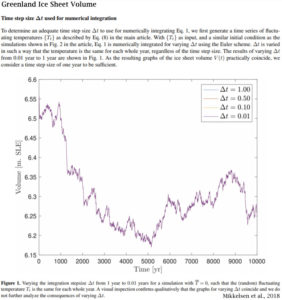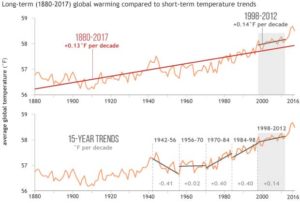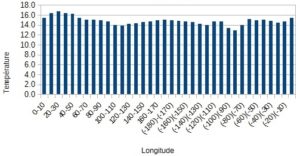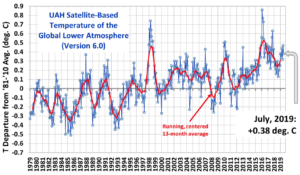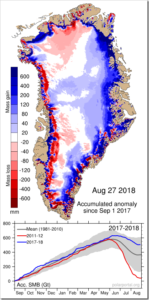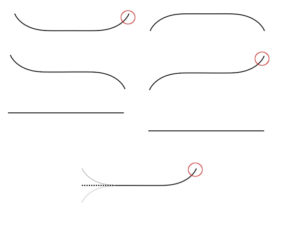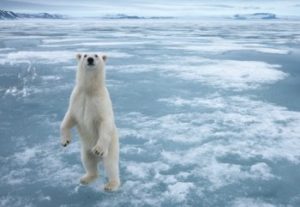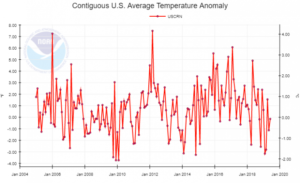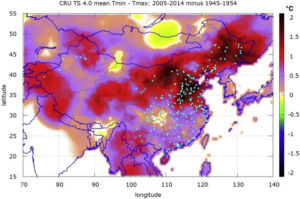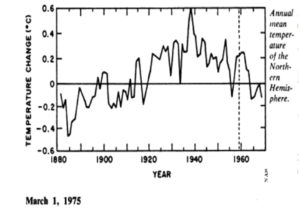…
Numerous satellites utilized by Australian agencies and research bodies are able to take a measure of sea level by way of an altimeter. However, according to the CSIRO, it should not be overlooked that the signal to do so requires
# A satellite in an orbit which repeats the same ground track very closely (within about 1 kilometer)
# A radar system to measure the distance from the satellite to the sea surface to high accuracy. TOPEX/Poseidon and Jason-1 use two radar frequencies, Ku band (13.6GHz) and C band (5.3Ghz).
# A tracking system capable of locating the satellite vertically at any time to within a few centimeters. Some of the components of such a system are:
1/ Systems (usually a combination of GPS, satellite laser ranging and the French DORIS system) to locate the satellite
2/ A high-quality gravity model
3/ A model of the drag from solar wind and the atmosphere
4/ Suitable software to combine all of the above
Other corrections to correct the range:
On the satellite:
1/ A water vapor radiometer to measure the amount of water vapor between the satellite and the sea surface (the water vapor slows down the radar pulse, causing the raw measurement to be too long)
2/ Measurement of the range at two frequencies to estimate the “ionospheric correction” — that is, the degree to which the radar pulse is slowed down by free electrons in the ionosphere
3/ The troughs of waves contribute more to the radar reflection than the crests, so we need correction for this. This is estimated from the wind speed and the wave height, both of which can be estimated from the characteristics of the returned radar pulse.
On the ground:
1/ Ocean tide models to convert the raw altimeter measurement to “de-tided”
2/ Estimates (from a model) of the atmospheric pressure. This is used to calculate a correction to the radar range to compensate for the atmosphere slowing down the radar pulse
3/ A correction for the “inverse barometer” effect, where sea level is depressed in areas of high atmospheric pressure, and vice versa.
No one besmirches the accomplishments of the engineering and technology involved.
However, it is a basic truism that the greater the number of separate corrections needing to be applied, the greater the risk of miscalculation.



